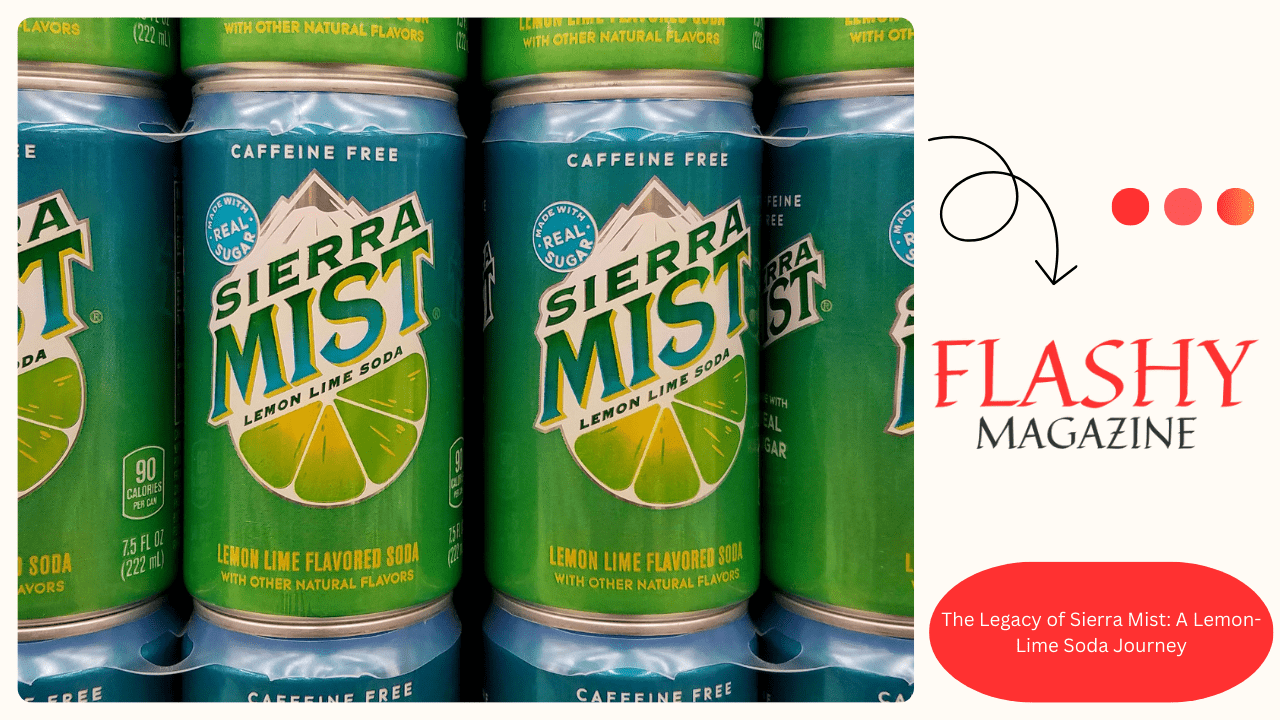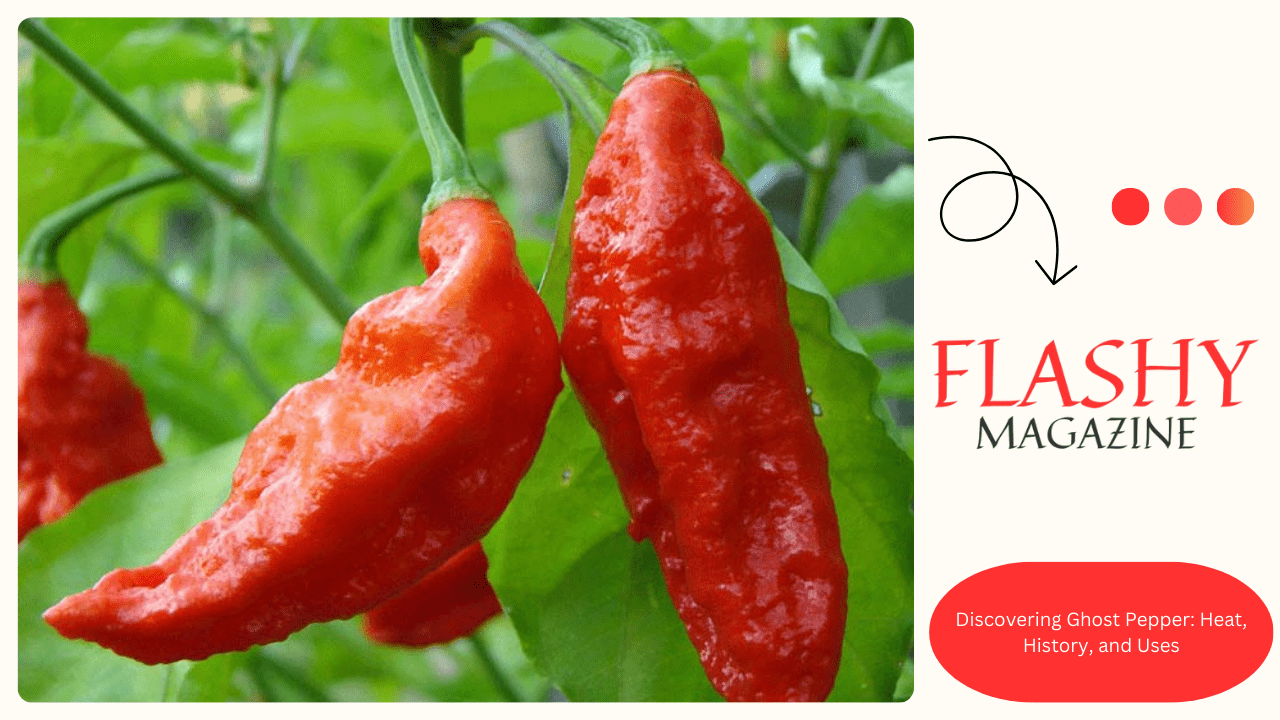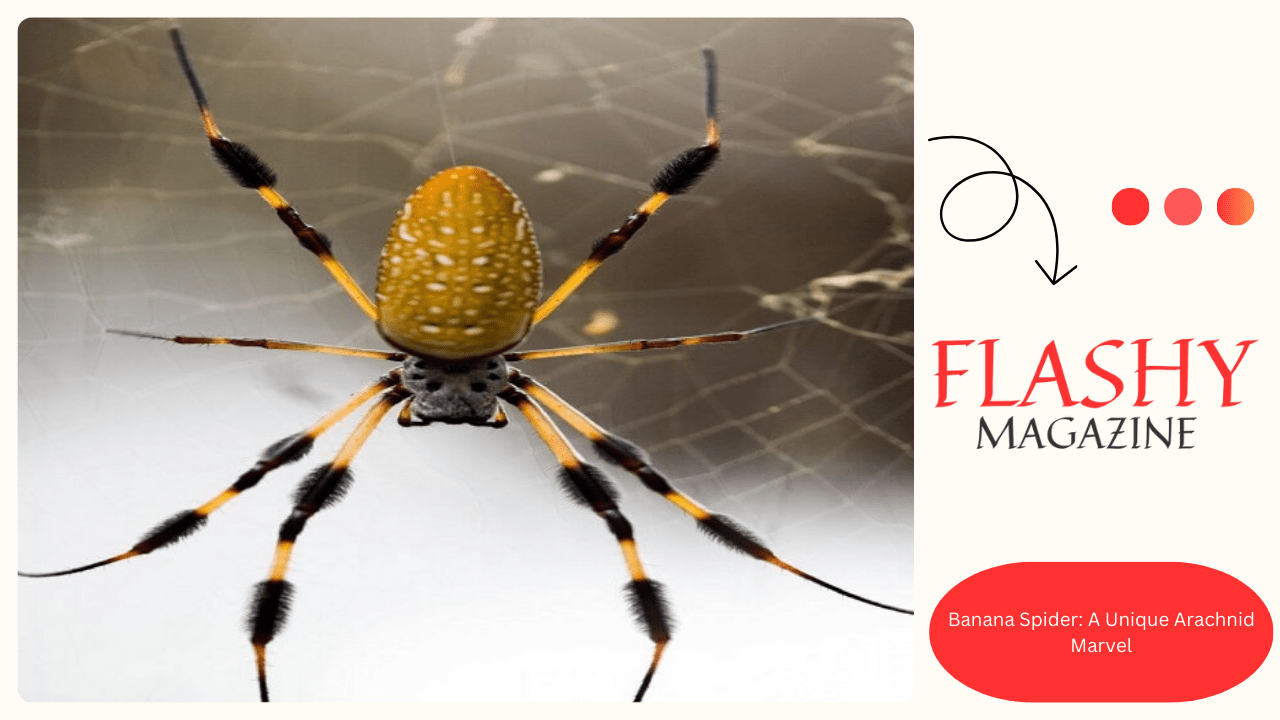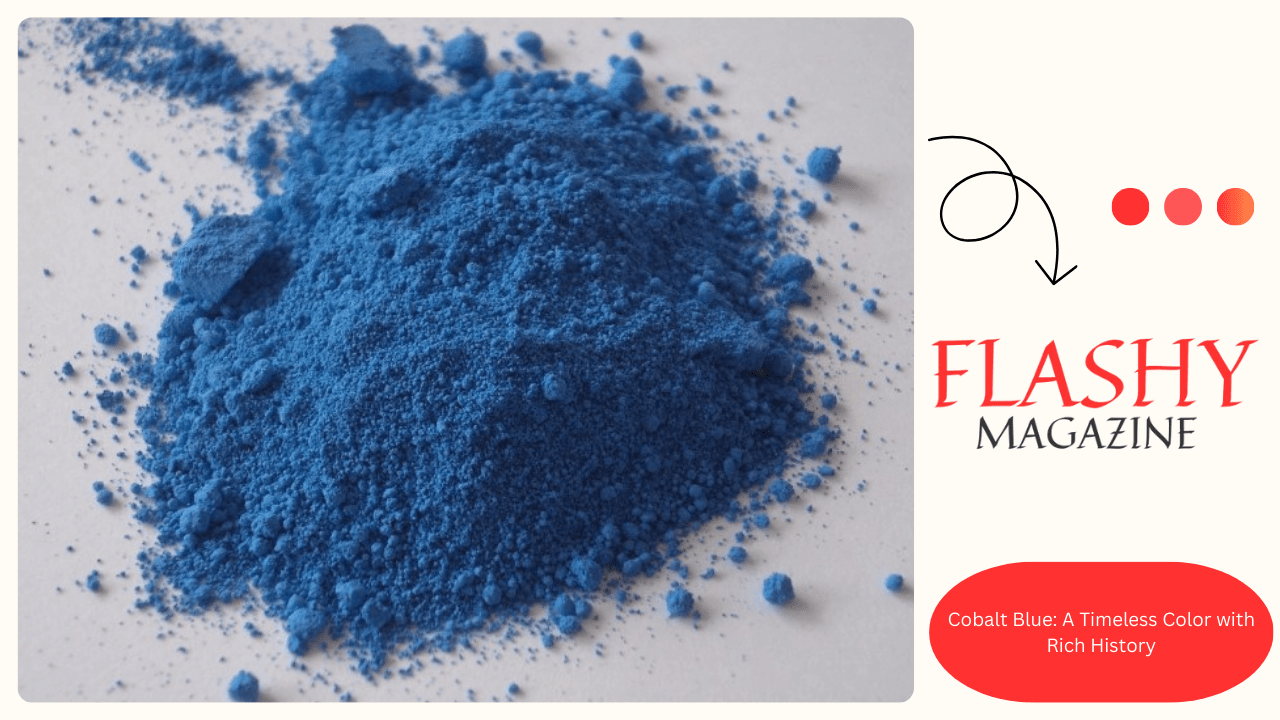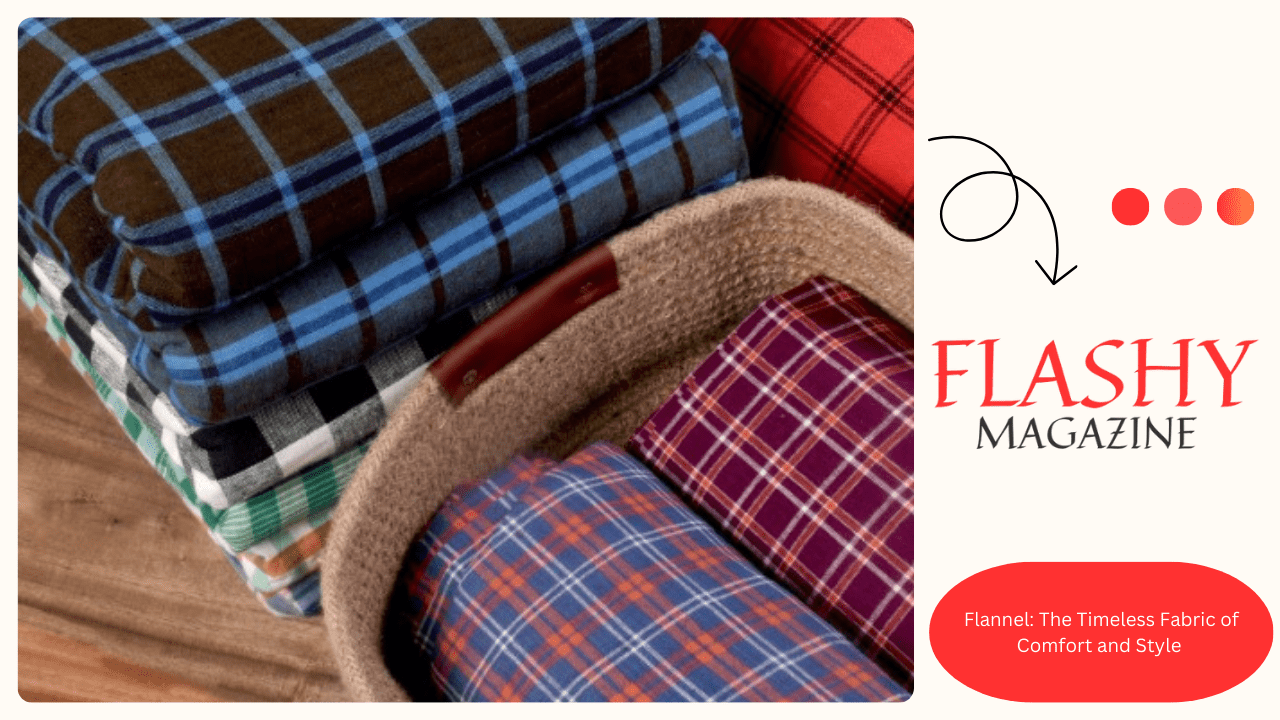Ghost pepper, also known as Bhut Jolokia, is one of the hottest peppers in the world and a true icon in the culinary and spice world. Native to India, this fiery chili has earned a character for its violent heat and distinctive flavor, fascinating cookers, spice suckers, and scientists likewise. In recent times, ghost peppers have come popular for their use in hot gravies, culinary challenges, and indeed medical exploration. This composition delves into the fascinating world of the ghost pepper, covering its history, parcels, health benefits and tips on how to use it safely in cuisine.
Preface to Ghost Pepper
Ghost pepper, also known as Bhut Jolokia, are known for their violent heat and distinct flavor, making them popular with spice suckers around the world. In the early 2000s, they were honored as the hottest pepper in the world and earned a place in the Guinness Book of Records. Although other peppers have since surpassed it in heat, the ghost pepper remains one of the most honored and extensively usedsuper-hot chili peppers. In this composition, we explore the background of the ghost pepper, its fiery intensity, and the ways it’s used in cuisine and medical exploration.
What’s Ghost Pepper?
Ghost pepper or Bhut Jolokia is a type of chili pepper native to India, specifically the northeastern regions of Assam, Nagaland and Manipur. The name of the pepper’ Bhut Jolokia’ translates to’ ghost chili’ in Assamese, maybe due to its violent heat that’ hangouts’ those who consume it. This chili belongs to the species Capsicum Chinese and is known for its wrinkled, stretched shape that can vary in color from green to bright red or orange.
Origin and History of Ghost Pepper( Bhut Jolokia)
Ghost peppers have been a part of Northeast Indian cookery and folk drug for generations. Locals use it to heat food or as a cure for colorful affections, and it has deep- embedded artistic significance. Its entry into the global scene began when scientists discovered its unknown position of heat, which measured further than 1 million Scoville Heat Units( SHU). This discovery pelted the ghost pepper to worldwide fame as cookers, hot sauce makers and chili suckers likewise are eager to experiment with this fiery pepper.
Characteristics of Ghost Peppers
Scoville Heat Units
Ghost peppers range from 800,000 to SHU, making them one of the hottest chili peppers in the world. The Scoville Heat Unit scale measures situations of capsaicin, the emulsion responsible for the vogueishness of peppers. Indeed though other peppers like the Carolina Reaper now surpass ghost heat, the Bhut Jolokia is still among the stylish super hot peppers out there.
Flavor Profile
In addition to the extreme heat, ghost pepper has a distinct hoarse and slightly gooey taste. While numerous assume that super hot peppers are purely painful, the flavor of spirits adds complexity to dishes, especially when used in temperance.
Why are Ghost Peppers so Hot?
The Wisdom Behind Heat
The vogueishness of chili peppers comes from high situations of capsaicin, a emulsion set up in chili peppers that triggers pain receptors on the lingo and in the mouth. When consumed, capsaicin stimulates these receptors, causing a burning sensation.
Capsaicin Situations
Peppers are exceptionally high, so for those unaccustomed to extreme heat, it feels like a fiery blast. Capsaicin situations Ghost peppers have a advanced attention of capsaicin than numerous other peppers, which not only intensifies their heat, but also has implicit health benefits similar as pain relief and anti-inflammatory parcels.
Health Benefits of Ghost Peppers
Pain Relief and Capsaicin
Capsaicin is used in topical ointments for pain relief, especially for arthritis and muscle pain. The emulsion works by reducing the intensity of pain signals, and exploration suggests that consuming capsaicin could also potentially profit those with habitual pain.
Strengthening Metabolism
Capsaicin has been shown to increase metabolism and help burn calories, making it a popular supplement for those looking to manage weight. When consumed, it slightly increases body temperature, which leads to increased energy expenditure.
Antioxidant Parcels
Ghost peppers contain high situations of vitamins A and C, which are important antioxidants. These antioxidants can help neutralize free revolutionaries in the body, contributing to bettered health and potentially reducing the threat of certain conditions.
Culinary Uses of Ghost Peppers
Ghost Pepper in Indian Cookery
In Northeast India, ghost peppers are frequently used in chutneys, pickles, and curries. The violent heat of the pepper allows locals to add flavor and spice to dishes in small amounts, a part of traditional cookery for centuries.
Ultramodern Use in Hot Gravies and Spices
Moment, ghost peppers are popular in hot gravies, salsas and maquillages. Cookers use them to add punch to racy dishes, frequently balancing the heat with constituents like mango or citrus to produce a further scrumptious yet fiery experience.
Ghost Pepper Challenges and Food Culture
Ghost Pepper Challenge
One of the most popular trends on social media is the” ghost pepper challenge,” where actors try to eat ghost peppers or food made from ghost peppers without any relief. Although the call did advise about the pepper, it is not recommended due to the violent heat and implicit health pitfalls.
Social Media and the Culture of Extreme
Heat Pepper spirit challenges have contributed to a culture that celebrates extreme heat and spice forbearance, with people frequently contending to see who can handle the hottest dishes. This trend has helped fuel the fissionability of ghost pepper products, from snacks to gravies.
How to Safely Handle and Prepare
Peppers Due to the extreme heat of ghost peppers, they must be handled with care.
Proper Running and Storehouse
Always wear gloves when handling peppers, as the canvases can irritate the skin and eyes. Wash your hands completely after touching and do n’t touch your face. Store ghost peppers in watertight holders in the refrigerator, where they will stay fresh for over to two weeks.
Cuisine Tips to Control the Heat
When cooking with ghost peppers, flash back that a little goes a long way. By adding a small quantum to a large pot, you can toast the food with a lot of heat. To tone down the spice, remove the seeds and inner membrane as they contain the loftiest quantum of capsaicin.
Notorious Ghost Pep Fashions
Ghost Pepper Hot Sauce
This sauce combines the spirit of pepper with ginger, garlic and a hint of agreeableness from sugar or honey. It’s the perfect addition to tacos, burgers and indeed gravies for those who love violent heat.
Racy Ghost Pepper Salsa
Pepper Salsa brings heat to any party. Blended with tomatoes, onions, lime and cilantro, it adds a stimulating touch that balances the heat.
Ghost Pepper Chili
For a fiery twist on the classic chili, add a small piece of ghost pepper to the admixture, let it cook and smell its flavor.
Ghost Pepper vs. Other Super Hot Peppers
Compared to Carolina Reaper, Scorpion Pepper
While ghost peppers were once the hottest chili in the world, other peppers, similar as the Carolina Reaper and Trinidad Scorpion, have since surpassed it in vogueishness. Each of these peppers has its own unique flavor, with the Carolina Reaper offering a sweet profile and the Scorpion pepper adding a more flowery note.
Differences in Flavor and Heat Situations
Ghost peppers are known for their fruity, hoarse flavor, making them protean in fashions, while peppers like the Carolina Reaper have a more violent, moping heat.
Uses of Ghost Pepper in Medical Research
The high situations of capsaicin in ghost peppers have piqued the interest of medical experimenters studying pain operation, metabolism, and implicit cancer- fighting parcels. Capsaicin’s capability to desensitize whim-whams receptors offers pledge for treating habitual pain and inflammation.
Ghost Pepper in Gardening: How to Grow Your Own
Growing peppers requires warm temperatures, plenitude of sun and well- drained soil. They take longer to develop than numerous other peppers, so tolerance is crucial. Once gathered, ghost peppers can be dried, firmed , or used fresh in a variety of fashions.
Safety Enterprises and Possible Pitfalls of Eating Ghost Peppers
Because of their extreme heat, ghost peppers can beget serious discomfort and indeed health pitfalls, including stomach pain and respiratory problems. It’s essential to consume them in temperance and avoid raw consumption if you’re sensitive to racy foods.
Intriguing Data and Myths About Ghost Peppers
Ghost peppers have come fabulous for their heat, and numerous myths circulate about their goods. Although they may beget discomfort, stories of extreme responses are frequently inflated.
Ghost Peppers’ Growing Fissionability in Popular Culture
Ghost peppers have set up their way into gravies, chips and new foods, fueling thesuper-hot snack trend. From competitive eating challenges to racy food carnivals, ghost peppers have come a artistic miracle.
The Future of Ghost Pepper Cultivation and Innovation
As the demand for super hot peppers grows, so does the interest in developing new kinds with unique taste and health benefits. inventions in pepper civilization and hybridization may lead to indeed hotter and toothy kinds in the future.
Conclusion: The Lasting heritage of the Ghost Pepper
The influence of ghost pepper on food, culture and wisdom is inarguable. Its violent heat and distinct flavor make it a favorite among spice suckers and a symbol of culinary courage. Whether in traditional Indian fashions or ultramodern hot gravies, the heritage of pepper distillates lives on.
Constantly Asked Questions
- Why are ghost peppers so hot?
Ghost peppers contain high situations of capsaicin, a emulsion that activates heat receptors in the mouth and causes an violent burning sensation.
- Are ghost peppers safe to eat?
Yes, but in temperance. Their extreme heat can beget discomfort, so they should be used sparingly and with care.
- How can I reduce the bitterness of spirits in fashions?
Remove the seeds and inner membrane or use a veritably small quantum. You can balance the temperature with milk or sweet constituents.
- Can ghost peppers be grown at home?
Yes, ghost peppers can be grown outdoors in warm climates or indoors in pots with plenitude of sun and care.





